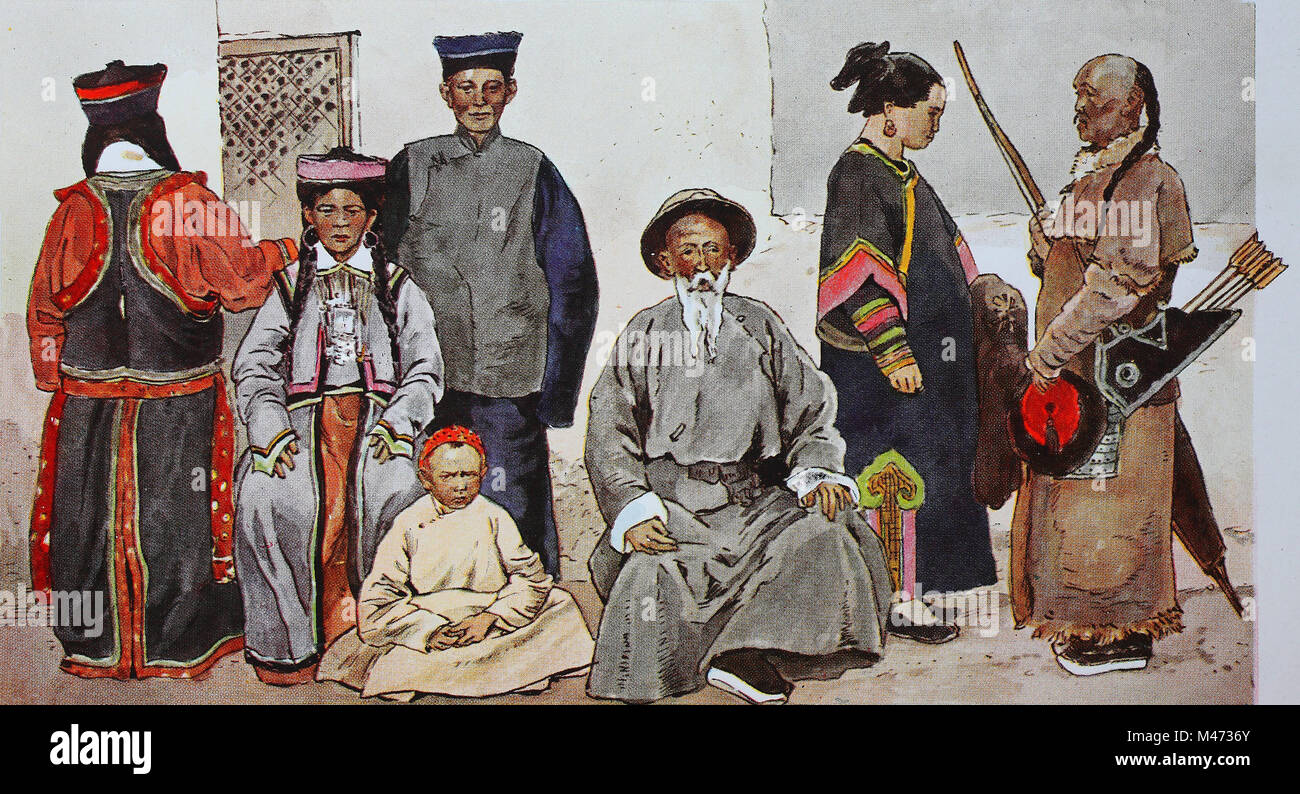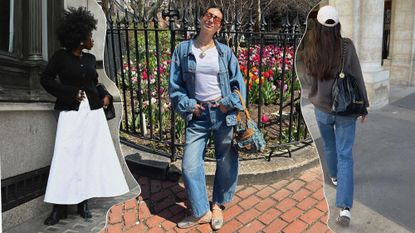Budget-friendly and Trendy Eastern Wear Pakistan for every single Budget
Budget-friendly and Trendy Eastern Wear Pakistan for every single Budget
Blog Article
Experience the Style of Standard Eastern Clothing
Embark on a journey through the detailed globe of standard Eastern outfit, where each garment narrates woven with cultural splendor and historic relevance. From the dynamic shades of a Chinese qipao to the regal beauty of a Pakistani shalwar kameez, these garments provide a look right into a world where craftsmanship satisfies virtuosity. The blend of glamorous materials and delicate embroidery strategies develops a tapestry of style that transcends boundaries and time. Join us as we unravel the keys behind these splendid pieces and find the allure of Eastern clothes that has captivated generations.
Background of Eastern Clothing
Eastern clothes has a rich background that dates back centuries, mirroring the varied cultures and practices of areas such as Asia and the Middle East. In Asia, conventional attire differs substantially from the colorful saris worn in India to the stylish bathrobe of Japan.
Throughout history, Eastern outfit has not just functioned as a form of clothing however also as an icon of cultural identification and heritage (eastern wear pakistan). Fabrics like bed linen, cotton, and silk have been frequently used, with designs and patterns frequently holding substantial meanings or standing for elements of nature or spirituality. Typical garments have been given through generations, with each item bring a sense of background and custom. Today, Eastern clothing continues to develop, mixing traditional elements with contemporary style fads to produce ageless and distinct styles.
Relevance of Embroidery
Needlework plays an essential function in typical Eastern clothing, including detailed details and social relevance to garments that have actually been passed down with generations. In Eastern cultures, needlework is not simply decorative yet holds deep symbolic definitions. Each stitch and pattern can communicate stories, ideas, and also social condition.
The art of needlework in typical Eastern attire is a labor-intensive process that requires skill and patience. Extremely competent artisans thoroughly hand embroider complex styles onto materials making use of strategies that have been perfected over centuries. These embroidered layouts often show the abundant cultural heritage of the region they stem from, showcasing concepts inspired by nature, folklore, or historic events.

Glamorous Fabrics Used
Elegant textiles play a crucial role in improving the sophistication and luxury of standard outfit throughout varied Eastern cultures. Silk, renowned for its gentleness and sheen, is a favored choice for several standard garments due to its extravagant feel and ability to curtain with dignity. In countries like India, China, and Japan, silk has a long background of being utilized in typical clothes, symbolizing riches and standing.
An additional widely made use of lavish textile is brocade, characterized by detailed patterns woven right into the material. Brocade adds a touch of home class to garments and is often seen in ritualistic attire and official wear. Velvet, with its luxurious structure and abundant look, is additionally a prominent choice for standard outfit in Eastern societies, specifically for unique occasions and festive occasions.
Furthermore, chiffon, fabric, and satin are regularly used for their flowing and light-weight top qualities, including a sense of delicacy and sophistication to garments. These luxurious textiles not only elevate the aesthetic charm of traditional Eastern clothing but also add to the overall allure and appeal of the wearer.
Workmanship Strategies
Traditional clothing in various societies showcases remarkable workmanship methods that are passed down with generations, highlighting the ability and creativity associated with creating these charming garments. Each stitch, needlework, and embellishment is meticulously crafted to develop ageless items that symbolize the social heritage and practices of the area. The workmanship methods made use of in typical Eastern attire frequently include intricate handwork, such as hand weaving, hand needlework, and hand beading, which require accuracy and interest to detail.
Artisans who specialize in these strategies undertake years of training to best their abilities and understand the conventional techniques of garment construction. Making use of high-quality products incorporated with specialist craftsmanship causes garments that not just look aesthetically stunning yet additionally stand the examination of time. The commitment to maintaining these craftsmanship strategies guarantees that each item of hop over to here traditional Eastern attire is a job of art, mirroring the abundant social history and heritage of the region.
Classic Beauty and Charm

The intricate needlework, fragile beadwork, and luxurious fabrics used in conventional Eastern outfit add to its unequaled appeal. The precise creation gave with generations ensures that every item emanates and tells a tale elegance and elegance.
Additionally, the traditional shapes and stylish draping of conventional Eastern clothes include in its long-lasting charm. The flowing lines and elegant designs create a feeling of consistency and equilibrium that is both visually enticing and emotionally exciting.
Basically, the classic beauty and appeal of standard Eastern outfit offer as a testament to the skill and virtuosity of the artisans that dedicate their lives to protecting these elegant sartorial customs. - eastern wear Continue pakistan
Verdict
To conclude, the style of standard Eastern attire is a testimony to the rich history, cultural value, and detailed craftsmanship of the region. From the intricate needlework to the luxurious textiles and timeless beauty, each garment narrates and shows the cultural identity of its beginnings. Embracing Eastern clothes enables one to appreciate the creativity and style that have actually been given through generations, creating really beautiful and captivating items.
Embark on a trip through the intricate globe of conventional Eastern outfit, where each garment informs a tale woven with social splendor and historical significance.Needlework plays an important role in typical Eastern clothes, adding complex information and cultural value to garments that have actually been passed down with generations.Glamorous fabrics play a crucial function in enhancing the elegance and luxury of standard attire throughout varied Eastern cultures. The craftsmanship strategies made use of in standard Eastern attire frequently involve detailed handwork, such as hand weaving, hand needlework, and hand beading, which call for accuracy and interest to information.
In conclusion, the beauty of standard Eastern clothes is a testament to the rich background, social value, and detailed craftsmanship of the region.
Report this page